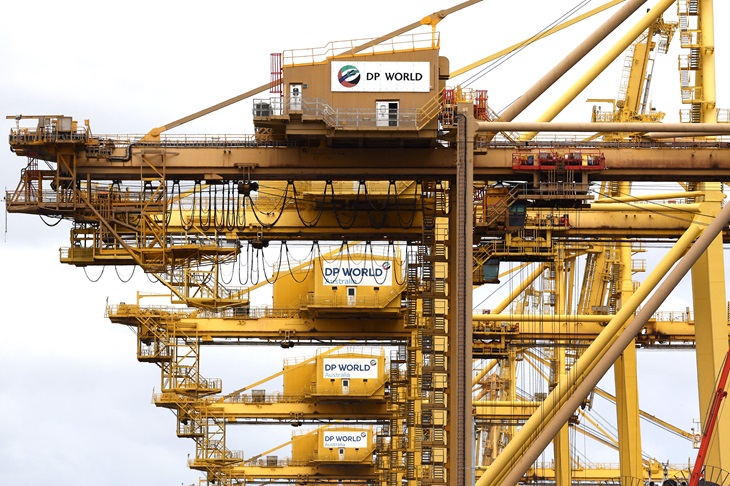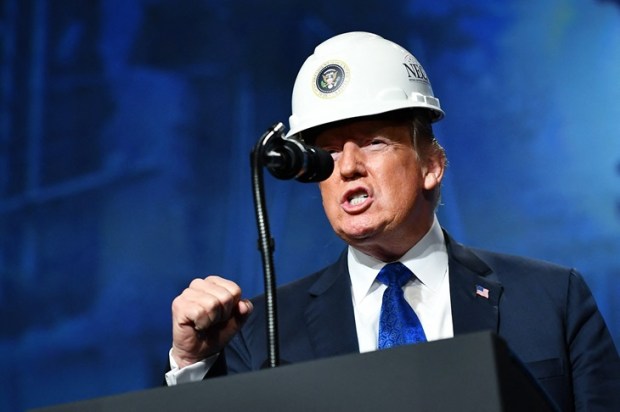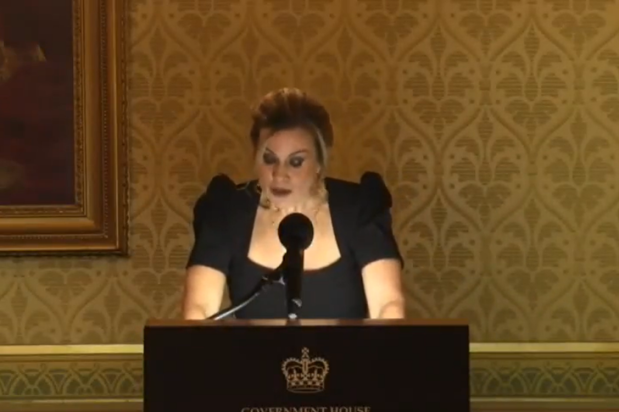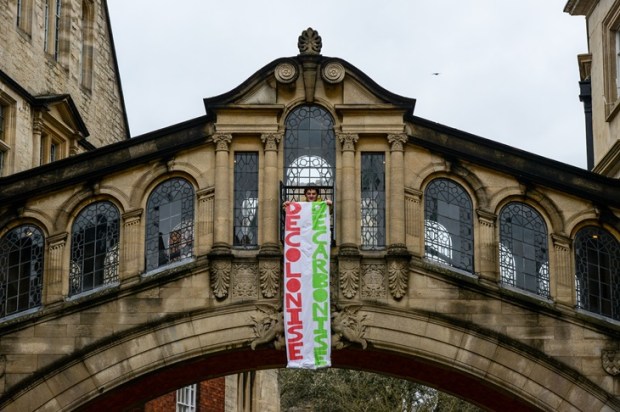In the throes of a four-month waterfront dispute featuring the Construction Forestry Mining Energy Union (CFMEU) and Emirati global logistics firm DP World, Prime Minister Anthony Albanese’s hands-off approach to policy reform sees his leadership again in the spotlight.
With his vision to transform himself into a pro-enterprise Prime Minister, Albanese previously lauded former Prime Minister John Howard’s mantra for economic growth and prosperity.
Already a subscriber? Log in
Subscribe for just $2 a week
Try a month of The Spectator Australia absolutely free and without commitment. Not only that but – if you choose to continue – you’ll pay just $2 a week for your first year.
- Unlimited access to spectator.com.au and app
- The weekly edition on the Spectator Australia app
- Spectator podcasts and newsletters
- Full access to spectator.co.uk
Or


























Comments
Don't miss out
Join the conversation with other Spectator Australia readers. Subscribe to leave a comment.
SUBSCRIBEAlready a subscriber? Log in